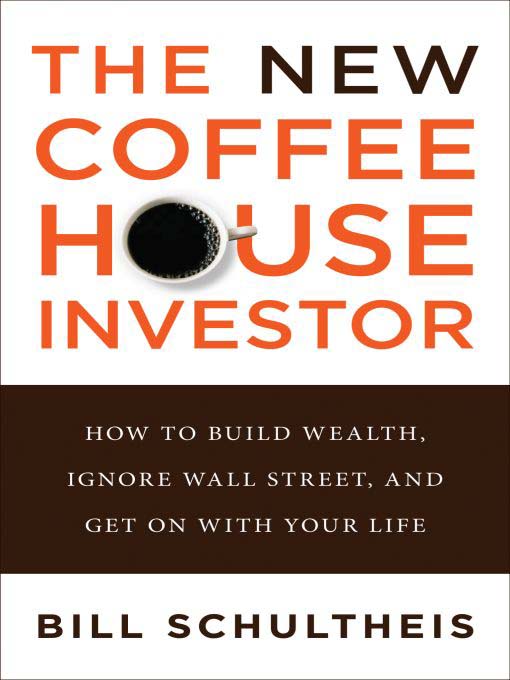
The New Coffeehouse Investor
How to Build Wealth, Ignore Wall Street, and Get on with Your Life
کتاب های مرتبط
- اطلاعات
- نقد و بررسی
- دیدگاه کاربران
نقد و بررسی

May 15, 2009
This is the revised and expanded edition of financial adviser Schultheis's very popular 1998 book. In a chatty style, he lays out the tenets of successful long-term investing. His advice is to save early, diversify investments, keep costs low, and ride out short-term market volatility. Though his book covers the well-trodden ground of broad-based index fund investing, his sprightly and up-to-date text and charts will gently inform, reassure, and even entertain those in need of financial help. There are lots of metaphors here, as with Allan Roth's "How a Second Grader Beats Wall Street" (reviewed above), but the coffeehouse informalityand asides on mountain climbinglays out a more general lifestyle approach to investing. Readers who can get past the metaphors will find this a good book.
Copyright 2009 Library Journal, LLC Used with permission.

March 1, 2009
Thislittle how-to-invest book, which elegantly summarizes our common worries about how to build wealth, was initially published 11 years ago. This updated, revised, and revamped editionstands the test of timeand of updating. Seattle-basedSchultheis states his three principles of investingallocate assets, approximate stock-market average, and savethen proceeds to expand and expound with personal stories and provocative questions. When is enough enough? Whats behind this Wall Street obsession to beat the market? Why do we need to lead a penny-pinching life today for a high retirement style tomorrow? Forget the complicated formulas, the diversity of spreadsheets. Concentrate instead, he advises, on understanding your burn rate, the meaning of diversification, and the value of being onfinancial autopilot. Like his peers (Suze Orman et al.), the author exposes two myths: no load mutual funds andgreat companies make great investments. All in all, solid and comfortable investment counsel that will help balance (and, eventually, grow) your balance sheet. Appended: partial list of index funds; notes;additional reading.(Reprinted with permission of Booklist, copyright 2009, American Library Association.)

























دیدگاه کاربران